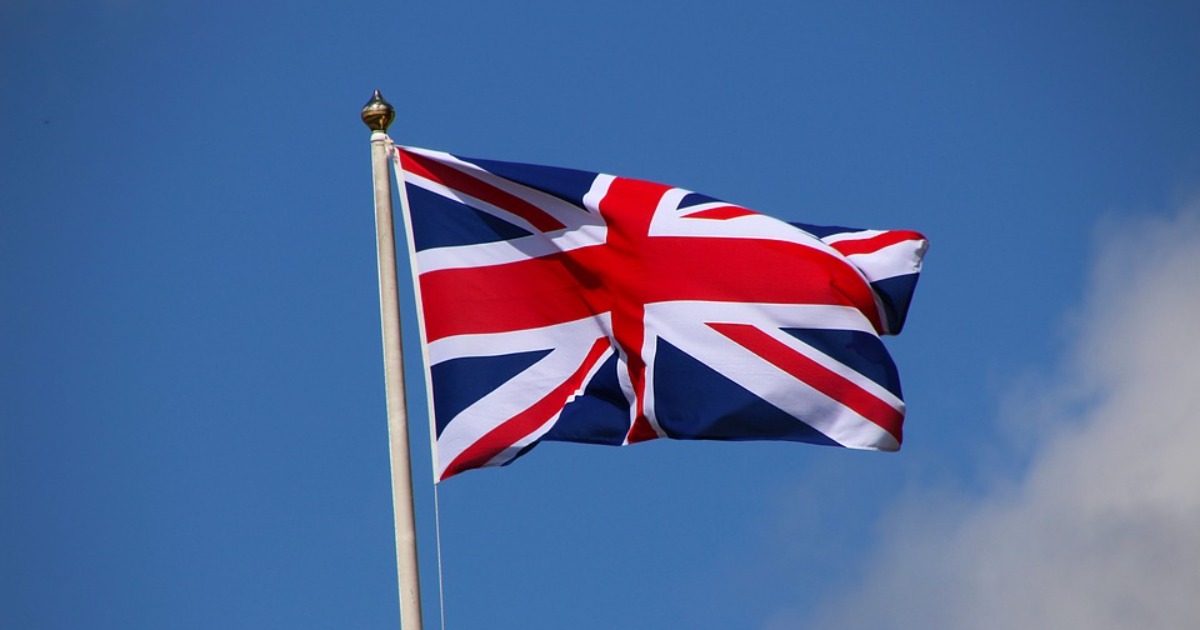Moderation After a Divisive Election: Lessons from Britain´s 18th Century
During the reign of Queen Anne (1702-1714), Britain was as divided along partisan cultural lines as the United States is today. That history offers hope to Americans.
November 9, 2020

In the British Parliamentary election of 1710, many Whig voters were prevented from going to the polls by “open violence” against them by Tory partisans.
The novelist Daniel Defoe reported that there was fighting “with swords and staves at Coventry, with stones and brickbats as at other places.” Referring back to the English Civil wars of the 1640s, he claimed, “Even our civil war . . . was not carried on with such a spirit of fury as is now to be seen.”
How to heal a national political divide?
Having just survived a U.S. election marked by similar partisan fury, we may learn something from that earlier era about how to heal a seemingly intractable national political divide.
During the reign of Queen Anne (1702-1714), Britain was as divided along partisan cultural lines as the United States is today.
An impeachment trial against a popular (and politically reactionary) Tory preacher in March 1710 further divided the nation and produced populist uprisings against religious minorities and the destruction of Presbyterian churches.
The elections of November 1710 channeled the resentment against the Whig impeachment managers into a Tory landslide that brought in reactionary policies against religious minorities and foreign immigrants.
1710 Britain and 2016 U.S.
In other words, in 1710 Britain saw a cultural and political backlash equivalent to America’s reactionary turn in electing Donald Trump in 2016.
For those of us worried about whether the U.S. can recover from our contemporary moment of partisan division, there is good news from British history. Within five years, Britain had largely healed its political discord.
The political power of language
The country found a way to return to Whig policies in language that even Tories could accept. The solution lay in finding the language of moderation that would allow a progressive long-term agenda to flourish.
The violence in the elections of 1710 was spurred by a backlash against the Whigs in Parliament, who had impeached Henry Sacheverell, a Tory preacher in the Church of England, for preaching in favor of passive obedience to the Queen.
While such obedience might have seemed uncontroversial, the Whigs saw it as preaching against the principles of the Glorious Revolution of 1688, a revolution that had made Parliament and the rule of law more powerful than the hereditary monarch.
Nostalgia for principles of the Glorious Revolution
In that revolution, Parliament declared that the Catholic James II had “abdicated” and that his Protestant daughter and son-in-law, Mary and William of Orange, were joint monarchs of England.
The revolution had also brought about the Toleration Act of 1689, guaranteeing some religious freedom and setting the stage for increasingly tolerant social attitudes.
During the 1710 impeachment trial, the Whigs emphasized those “revolution principles” in a manner that contributed to the Tory election landslide later that year, in which Tories marched to the polls often carrying printed engravings of Sacheverell’s portrait.
Many of the Whig impeachment managers, including a young Robert Walpole, suffered electoral defeat in the November elections. Walpole was pelted with “dirt and stones” and lost in his bid to become the Member of Parliament (MP) for the county of Norwich.
The political power of moderate language
Although Walpole was eventually elected for another constituency that year, he and the Whigs quickly learned to moderate their rhetoric for future election cycles.
During the 1710 impeachment trial, Whig MPs, including Walpole, had been eloquent in promoting “the radical reading of the [Glorious] revolution,” insisting on its “ushering in a new age of civil and religious liberty” and “a new social agenda,” as the historian Steve Pincus explains.
Yet, after the disastrous election of 1710, Walpole began moderating his tone and speaking of the Glorious Revolution as having brought about “parliamentary rather than popular sovereignty and insisting that it had established a constitution rather than a blueprint for further reform,” as Pincus observes.
Robert Walpole’s political tool
With this new language, Walpole rose to prominence and power, under the reign of George I (1714-27), becoming known as Britain’s first prime minister.
In the two centuries that followed, Britain, as a constitutional and parliamentary monarchy, managed to achieve social reform peacefully through legislation.
The new laws gradually increased the percentage of the population that could vote—including the Reform Acts of 1832 and 1867 and the Representation of the People Acts of 1918 and 1928—from what had been only three percent in 1710 to near universal suffrage today.
Britain avoided the violence of the French Revolution of 1789 and the widespread unrest that marked the European revolutions of 1848, as well the reactionary backlashes that followed from 1849 to 1851.
Having just elected to the U.S. presidency a Democrat who has been speaking the language of moderation his whole political career, we ought to recognize and appreciate the strategic value of that language to long-term political progress.
Takeaways
For those worried about whether the US can recover from its contemporary moment of partisan division, there is good news from British history.
During the reign of Queen Anne (1702-1714), Britain was as divided along partisan cultural lines as the US is today.
1710 Britain saw a cultural and political backlash equivalent to the US's reactionary turn in electing Donald Trump in 2016.
In the two centuries after 1710, Britain, as a constitutional and parliamentary monarchy, managed to achieve social reform peacefully through legislation.
Having just elected a Democrat who has been speaking the language of moderation his whole political career, we ought to recognize the strategic value of that language to long-term political progress.
